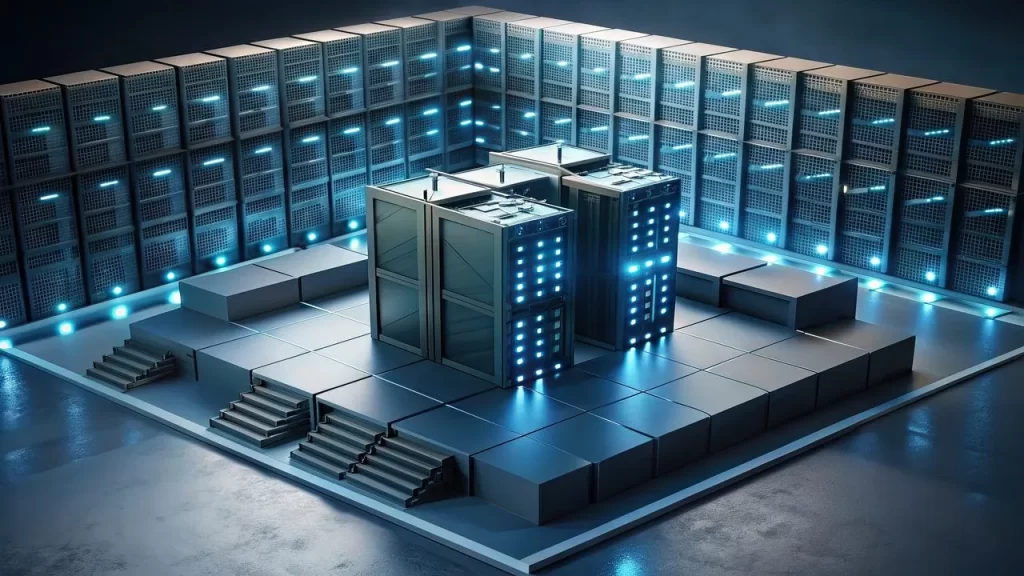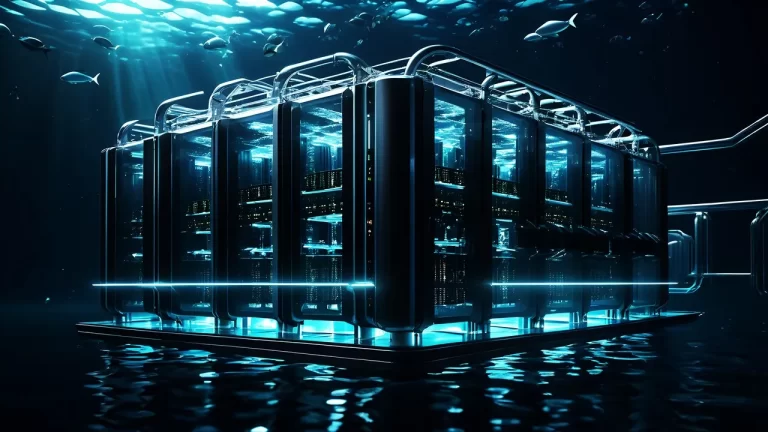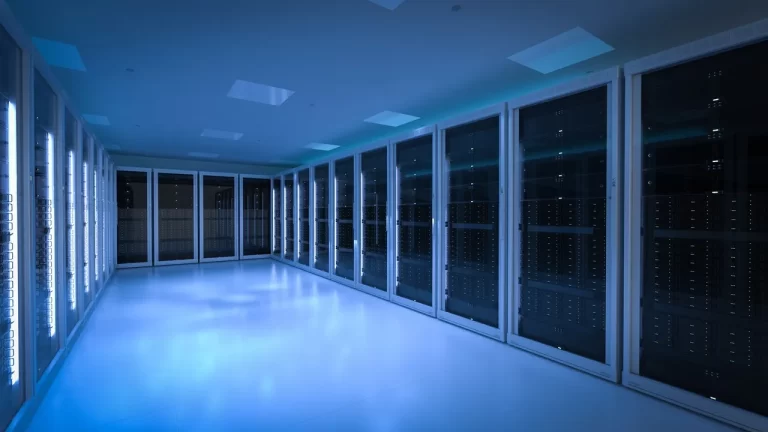Fast development in the field of cloud computing data centers leads organizations to search for speedy & effective data processing methods. Traditional cloud computing network needs their centralized processing within hyperscale data centers. The development of cloud-based data centers integrated with edge computing is innovating the industry. By spreading out processing functions & Making it more accessible to end users, edge computing significantly improves performance, minimizes delay, & improves real-time data processing capabilities.
Understanding Edge Computing and Its Role in Data Centers
Edge computing only refers to the practice of processing data close to its source, depending on the centralized cloud computing environment. This model is especially beneficial for businesses & industries that require real-time analytics, High-speed applications & customized bandwidth use
Traditional virtual datacenter in cloud computing depend on a centralized network to cover workload. On the other side, edge computing supports computational resources in many places that increase network performance & reduce the burden on core data centers. Industries that include healthcare, finance, manufacturing & smart cities take advantage of edge computing to achieve more easily & real time operating insights.
How Edge Computing Complements Cloud Data Centers
Edge computing is not meant to replace traditional cloud data centers; instead, it works alongside them to improve overall system performance. Here’s how it improves the way we process & handle the data.
The processing speed increases because edge computing reduces response time delays. Real-time data processing has become more important because of an increasing number of connected devices in our present era. Public cloud data center platforms operate at central data centers, yet edge computing system handles processing operations locally. The management of data through edge computing takes place near its generation point, which holds strategic value for autonomous vehicles, industrial automation & IOT systems. Edge computing needs fast decision-making capabilities because it minimizes processing delays in such situations.
Edge computing achieves its data processing through local servers, which minimize data transfers to centralized cloud servers. The method shortens network congestion while reducing costs for bandwidth & delivering better system performance. The amount of streaming data that video surveillance & live broadcasting operations manage makes this feature beneficial for their type of operation.
Edge computing also enhances security and privacy. The traditional model of cloud computing centralizes data processing functions. This centralized method produces security weaknesses together with failure opportunities. The security risks of data protection are resolved through edge computing, which distributes data processing across many locations. Security measures implemented at local levels by organizations help to control where sensitive data should reside. Confidentiality needs particular importance for sectors that include finance & healthcare industries.
Finally, edge computing offers greater scalability and flexibility. While traditional cloud data centers can scale up to meet demand, adding edge computing allows businesses to manage workloads more effectively. By keeping the edge nodes close to the users, companies can develop their network without overloading their main systems. A hybrid method unites the robust characteristics of cloud computing with edge distribution processing benefits to deliver an adaptable architecture. Edge computing improves traditional cloud data centers to create more efficient & effective data management services.
Impact on Data Center Trend
Edge Computing continues to increase in importance because of ongoing business investments in cloud-based data center networks, which drive the industry toward new trends. Market predictions indicate that Edge Computing will convert the global market value over $ 101 billion by 2030. The growth originates from both the accelerating need for instant applications together with advancements in data center technology.
Edge computing drives the development of hybrid cloud services as one core pattern of transformation. Most organizations use hybrid cloud services connecting with cloud computing features & edge computing capabilities to achieve lower costs & improve the performance of the system while minimizing response delays. This combination of systems permits organizations to use both platforms simultaneously thus fulfilling their diverse operational requirements.
5G networks and IoT represent major trends which merge together. Edge computing is upgraded from 5G technology due to its ability to provide high-speed & trusted connectivity for IoT devices. Organizations no longer require central cloud data centers for their operations because they can now execute data processing nearer to the generation point to achieve quicker responses & improve better performance.
Edge computing receives significant help from AI technologies. The implementation of machine learning technologies like Grok AI allows automated decision-making systems to operate within edge-based systems. The automation system helps to reduce operational needs while boosting performance, which results in streamlined & optimized operations.
Edge computing technology changes the way online content is delivered to users. Present-day content delivery networks (CDNs) use edge computing methods to supply fast services for gaming, together with streaming & web applications. These services give faster & more responsive performance due to their data processing proximity to users, which results in improved user experience. The data center industry trend undergoing significant development because of edge computing, which allows greater operational performance & better service responsiveness toward businesses & end-users.
The Sustainability Aspect of Edge Computing
The main benefit of edge computing arises from its ability to boost sustainability in data centers. Data processing through edge computing takes place near its origin, minimizing endless data transport which decreases both energy usage & environmental impact. Cloud data centers use renewable power integrated with their operations to help the industry operate sustainably in the future.
The Future of Data Center Architecture
The 5G technology architecture in cloud computing systems is undergoing evolution towards decentralized intelligent structures. The acceptance of the hybrid network comprises centralized cloud computing combined with distributed edge nodes by modern companies. The change supports more efficient operations while boosting system performance & immediate processing functions.
Future trends suggest that virtualized data centers within cloud computing will emphasize automated procedures along with artificial intelligence systems while accepting software-defined infrastructures for operation optimization. Organizations keep using containerized workloads along with microservices to achieve better scalability combined with improved performance.
Conclusion
The evolution of data centers depends on edge computing because it connects cloud-centralized networks with immediate data processing demands. The technology improves cloud computing speed, security & efficiency to shape its future development. Transformations in data centers will follow as organizations commit to hybrid methods because these shifts will create distributed centers that promote intelligence & sustainability. Such organizations secure a competitive advantage because edge computing is integrated into their digital strategy for the data-driven market.








